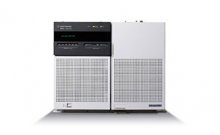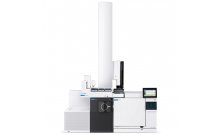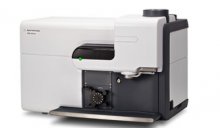用CE-MS对阴离子代谢物进行代谢谱分析
Anal Chem. 2009 Aug 1;81(15):6165-74.
Soga T, Igarashi K, Ito C, Mizobuchi K, Zimmermann HP, Tomita M.
Abstract
We describe a sheath flow capillary electrophoresis time-of-flight mass spectrometry (CE-TOFMS) method in the negative mode using a platinum electrospray ionization (ESI) spray needle, which allows the comprehensive analysis of anionic metabolites. The material of the spray needle had significant effect on the measurement of anions. A stainless steel spray needle was oxidized and corroded at the anodic electrode due to electrolysis. The precipitation of iron oxides (rust) plugged the capillary outlet, resulting in shortened capillary lifetime. Many anionic metabolites also formed complexes with the iron oxides or migrating nickel ion, which was also generated by electrolysis and moved toward the cathode (the capillary inlet). The metal−anion complex formation significantly reduced detection sensitivity of the anionic compounds. The use of a platinum ESI needle prevented both oxidation of the metals and needle corrosion. Sensitivity using the platinum needle increased from several- to 63-fold, with the largest improvements for anions exhibiting high metal chelating properties such as carboxylic acids, nucleotides, and coenzyme A compounds. The detection limits for most anions were between 0.03 and 0.87 μmol/L (0.8 and 24 fmol) at a signal-to-noise ratio of 3. This method is quantitative, sensitive, and robust, and its utility was demonstrated by the analysis of the metabolites in the central metabolic pathways extracted from mouse liver.




